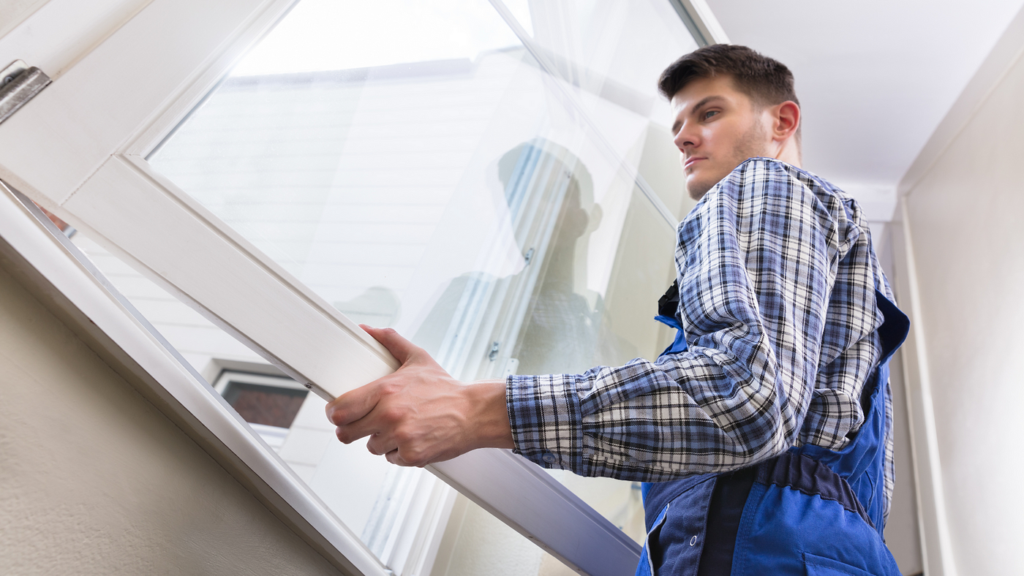
The Role of Windows in Energy Efficiency
Windows are not just openings that let in light and fresh air; they play a significant role in a home’s energy efficiency. The type of windows you have, their design, and their insulation properties can have a profound impact on your energy consumption, indoor comfort, and environmental footprint. In this article, we will explore the importance of windows in energy efficiency and how making the right choices can lead to a greener and more comfortable living space.
The Significance of Energy-Efficient Windows
Windows are essentially a building’s connection to the outside world. They allow natural light to illuminate your home and provide ventilation, but they can also be a source of energy loss if not properly designed and installed. Here’s why energy-efficient windows are crucial:
1. Reduced Heat Transfer: Windows are areas of vulnerability when it comes to heat transfer. In cold climates, heat escapes through windows, and in hot climates, outdoor heat infiltrates. Energy-efficient windows are designed to minimize heat transfer, keeping your home cooler in the summer and warmer in the winter.
2. Lower Energy Costs: By reducing heat transfer, energy-efficient windows can significantly lower your heating and cooling costs. They help maintain a stable indoor temperature, reducing the need for continuous heating or air conditioning.

3. Enhanced Comfort: Energy-efficient windows with good insulation properties can reduce drafts and cold spots near windows, ensuring a more comfortable living environment.
4. Environmental Benefits: Using less energy for heating and cooling means a reduced environmental impact. It helps lower greenhouse gas emissions and contributes to a more sustainable planet.
Key Features of Energy-Efficient Windows
Energy-efficient windows are designed with specific features and technologies to improve their insulation properties and overall performance. Here are some key elements to look for when choosing energy-efficient windows:
1. Low-E Coatings: Low-emissivity coatings are thin layers of material applied to the glass. They reflect infrared heat back into the home, reducing heat loss in the winter and heat gain in the summer.
2. Multiple Panes: Double or triple-pane windows have two or three layers of glass with insulating spaces in between. This design reduces heat transfer and provides better insulation. Did you like the article? Read also about Biomass Heating.
3. Gas Fills: Some energy-efficient windows are filled with insulating gases like argon or krypton between the glass panes, further improving insulation.
4. Warm Edge Spacers: Warm edge spacers are placed around the perimeter of the glass to reduce heat transfer at the edges of the window.
5. Quality Frames: The material and design of the window frames are essential. Well-insulated frames with low thermal conductivity contribute to energy efficiency.
Window Orientation and Shading
The orientation of your windows also plays a role in energy efficiency. South-facing windows can provide passive solar heating in the winter, reducing the need for artificial heating. However, they should be properly shaded in the summer to prevent overheating. North-facing windows receive the least direct sunlight and are less prone to overheating.
Shading strategies, such as awnings, blinds, or reflective films, can further enhance the energy efficiency of your windows. Proper shading can reduce solar heat gain, allowing you to maintain a comfortable indoor temperature without overusing your cooling system.

Government Standards and Incentives
Governments, including the Canadian government, recognize the importance of energy-efficient windows in reducing energy consumption. To encourage homeowners to choose energy-efficient options, various standards and incentives are in place. These programs aim to make energy-efficient windows more accessible and affordable.
For detailed information on government programs and incentives in Canada, you can visit the official website of the Government of Canada.
Conclusion
Windows are a vital part of a home’s energy efficiency equation. The right choice of energy-efficient windows can lead to lower energy costs, enhanced comfort, and a reduced environmental footprint. When selecting windows for your home, consider factors such as low-E coatings, multiple panes, gas fills, warm edge spacers, and quality frames. Proper shading and window orientation can further optimize energy efficiency. By making informed decisions about your windows, you can create a greener and more comfortable living space while contributing to a sustainable future.
